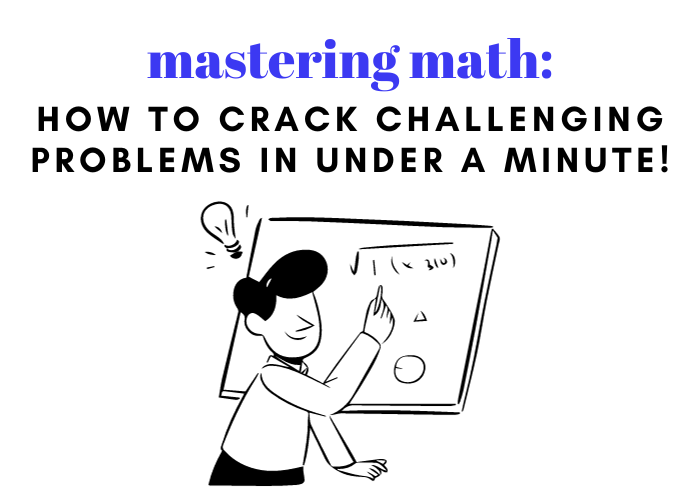

Last Updated on August 31, 2021
You may hear the term “mathlete” and connect it to children who put their math skills to the test in competitions against other students. However, a mathlete isn’t necessarily just a kid who competes, but any student who loves math and excels at it. You may have a potential mathlete in your own home eagerly awaiting new challenges to expand their skills.
Online math tutoring programs aren’t only for kids who are struggling—they can be effective in challenging enthusiastic math students to learn new topics and to sharpen skills already learned. Furthermore, there are plenty of math drills that children can practice on their own or with their parents.
Here are four of those math drills that your mathlete will enjoy:
1. Skip counting
Skip counting is a way to multiply simply by adding the same number over and over and keeping track (usually on your fingers) of how many times you added. A great example of skip counting that many parents might be familiar with is the classic Schoolhouse Rock cartoon “Three Is a Magic Number” in which the singer counts by 3 up to 30. Eventually, most students will have their multiplication tables memorized. Even for younger kids, skip counting math drills are a great introduction to the concepts that lead to multiplication tables. Furthermore, skip counting by larger numbers also challenges kids to work out more advanced addition in their heads (for example, skip counting by 26—that may be a challenge for parents as well!).
2. Flash cards
Some parents and educators are ambivalent toward flash cards, arguing they promote rote memorization of number facts without providing students an understanding of the math behind the problems. That said, flash cards can still be useful in conjunction with other methods in achieving an instant answer to easy equations that will lay the groundwork for more advanced math. Proficient and exceptional math students may master flash cards quickly, so your job is to turn the exercise into something more challenging. Time your child to see how fast he can get through 100 flash cards, or count how many she can correctly answer in a minute. Mix addition, subtraction, multiplication, and division cards into one deck to really keep students on their toes. Also, many online resources offer printable flash cards with tougher equations that will provide more complexity (and, hopefully, more fun) for your mathlete.
3. Crazy coins
See that big jar of coins on your dresser? Don’t take it to the bank just yet, but rather spill some of the coins on a table in front of your child to count. When he gets the right answer, put the coins back, take out a bigger handful, and repeat the drill. Time your child to see how quickly he can count the coins and challenge him to be faster each round. Another coin game is to challenge your child to gather up $1 worth of coins, but the trick is that he has to use at least 7 dimes. And you can change the requirements each round–gather up $3 worth of coins, but must contain 6 nickels and 5 dimes, etc.
4. Sunday newspaper scramble
Your Sunday newspaper, and the sales advertising it’s loaded with, is ripe for math drills. Give your child a mythical $100 and tell her to buy whatever she wants from the ads. There’s just one catch—she must keep track of how much she has spent, either with play money, on paper, or in her head. Make the game more intriguing by challenging her to get as close to $100 as possible without going over, or by increasing the budget. This activity also works well with the weekly grocery ads you get in the mail.
What math drills do your children enjoy?



